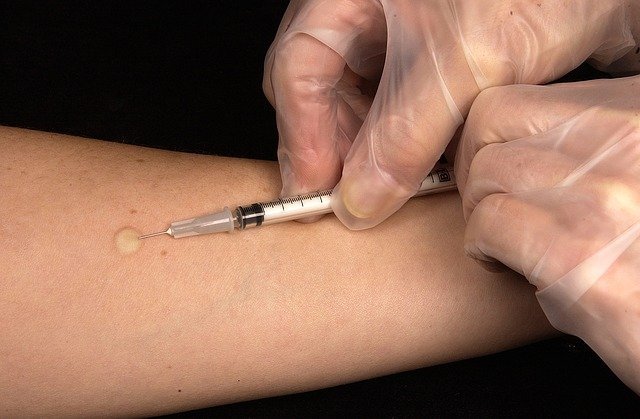11 important facts about Pfizer’s development of Covid-19 Vaccine
Buenos Aires Economic News Network reported on November 9, Pfizer’s new Coronavirus vaccine may become the first new Coronavirus vaccine to formally apply to the US Drug Administration for approval. The New York Times has produced a guide on this vaccine, answering 11 important related questions.
1. What conclusion did the scientists come to?
The most recent phase three trials of the vaccine started in July. There were 44,000 participants worldwide. Half of the number of people receiving placebo and vaccine was given. Among all volunteers, only 94 were sick. Independent experts evaluated the test results and concluded that the vaccine’s effective rate exceeded 90%.
2. How encouraging are the results?
Very encouraging. The US Food and Drug Administration stated that the effective threshold of vaccines applied for emergency approval is 50%. Therefore, if the preliminary result is the same as the final result, the effective rate has far exceeded the threshold. As a reference, the effective rate of the annual variant influenza vaccine is 40% to 60%, and the effective rate of the measles vaccine is 97%.
3. Is the vaccine safe?
So far, pharmaceutical companies have not reported worrying cases. The test before Phase 3 was conducted on fewer healthy people to detect the potential dangers of the vaccine. At the time they tested four variants of the vaccine and chose the one with the least side effects. If the vaccine is authorized in the United States, the FDA will monitor its application nationwide to ensure that it will not cause unforeseen consequences to the population. In addition, volunteers participating in all testing phases will be observed for two years.
4. What does the test need to do?
The test will continue until 164 people are infected with COVID-19. Thereafter, the study will be considered complete. Based on the analysis of the collected information, the experts’ information will be upgraded from preliminary to complete.
5. Who will be the first to be vaccinated?
Pfizer’s authorities have indicated that they are willing to give priority to the highest-risk groups. These people usually include residents of nursing homes and people working there, as well as elderly people with obesity and diabetes. The United States and the European Union have signed a contract, becoming the first countries to receive the vaccine. The distribution plan for the 40 million doses of vaccine that may be produced this year has not been announced yet.
6. When can I get emergency approval?
If all goes well, the license will be obtained before the end of this year.
7. Is the vaccine effective for the elderly?
Preliminary information indicates that the vaccine produces a weak immune response in the elderly, but considering that the results are far from conclusive, it is entirely possible that the elderly also have a strong immune response.
8. What is the effect on children?
The initial trial did not consider the participation of children under the age of 18. But starting in September, the test subjects include teenagers under the age of 16. The experiment with children under 12 years old started again last month.
9. Has the vaccine received funding from the US government?
In July, Pfizer signed a contract worth nearly 2 billion U.S. dollars under the “speed of light” framework, but the agreement is a pre-purchase contract, which means that the pharmaceutical company will not receive any payment until the vaccine is delivered. Catherine Johnson, the company’s senior director, said recently: “We have never received money from the US government or anyone.”
10. Does this mean you can stop using masks?
No way. The pandemic is currently spreading globally, and the vaccine will not be available to the public for several months. Even if vaccines are widely available, preventive measures must be taken before the pandemic subsides.
11. What does this mean for other vaccines under development?
There are 10 other vaccines currently in the final stages of testing. The good news from Pfizer also helps to inspire other vaccine developers. There are other vaccine candidates that use the same messenger RNA technology as Pfizer.



